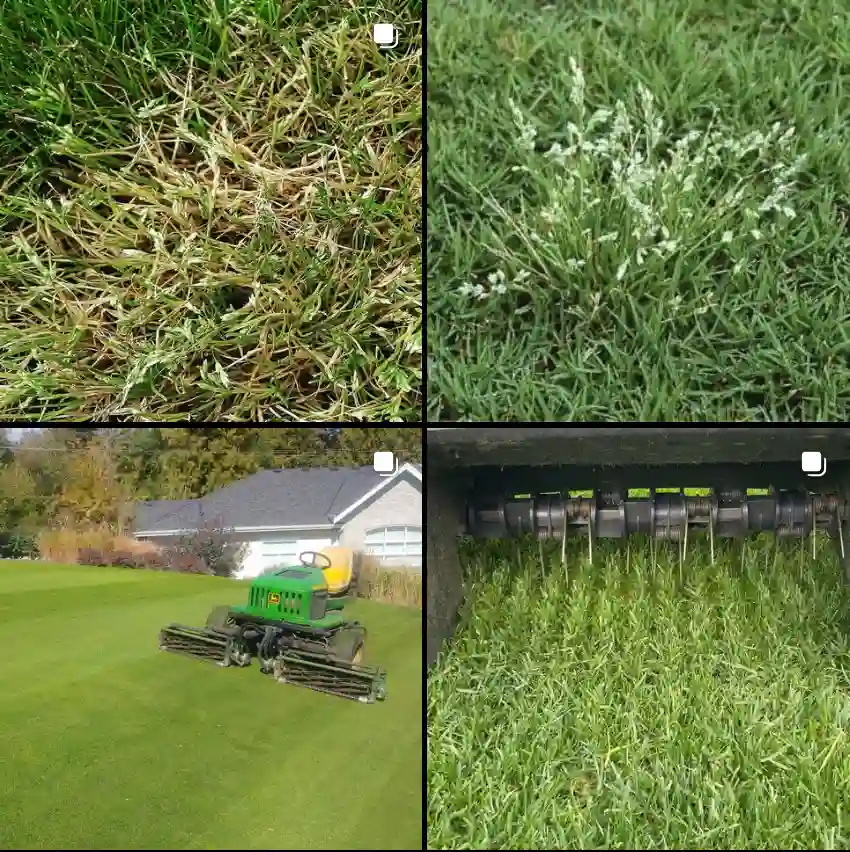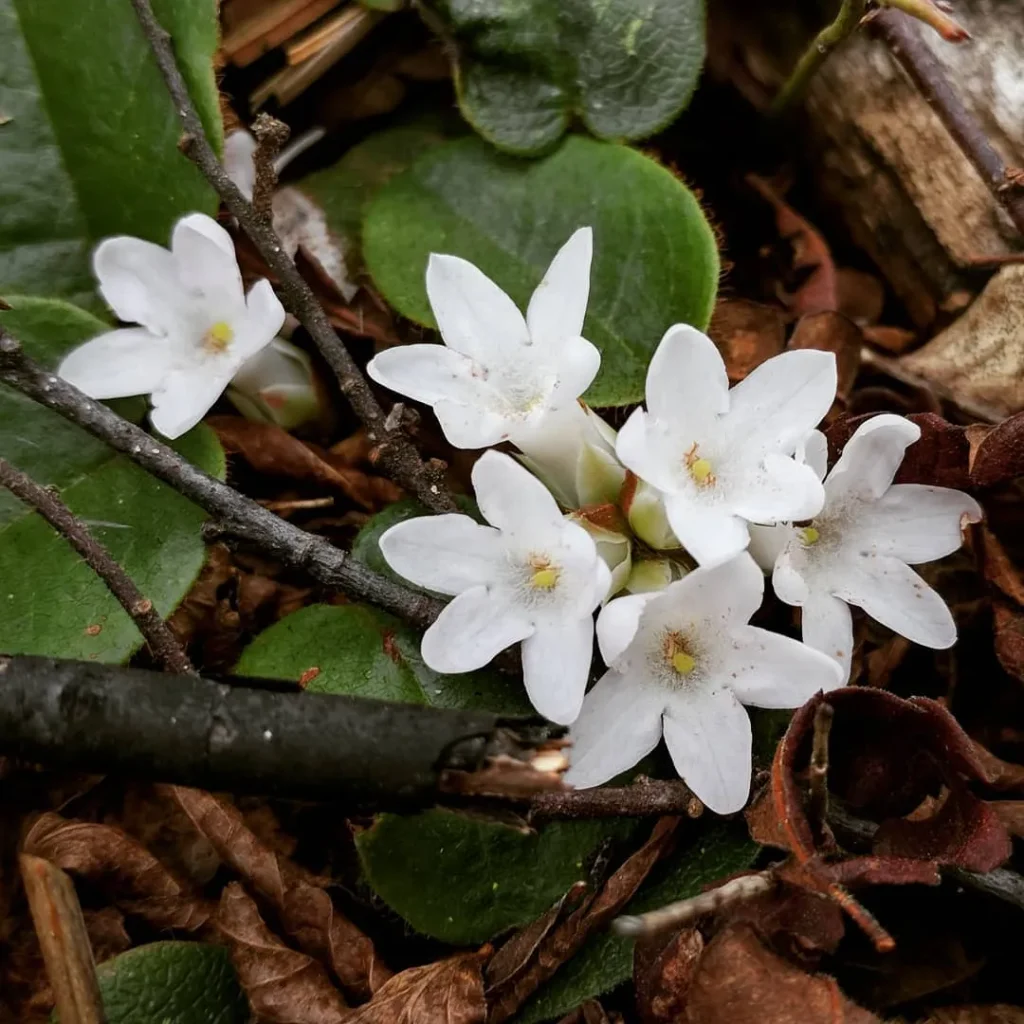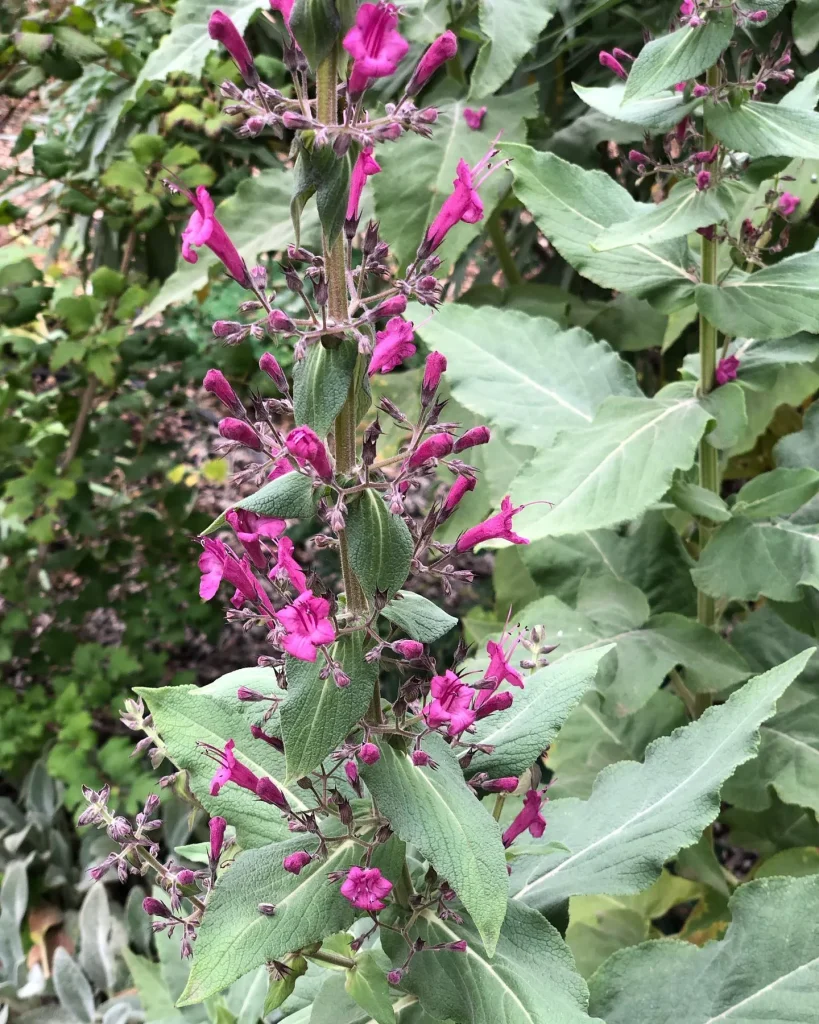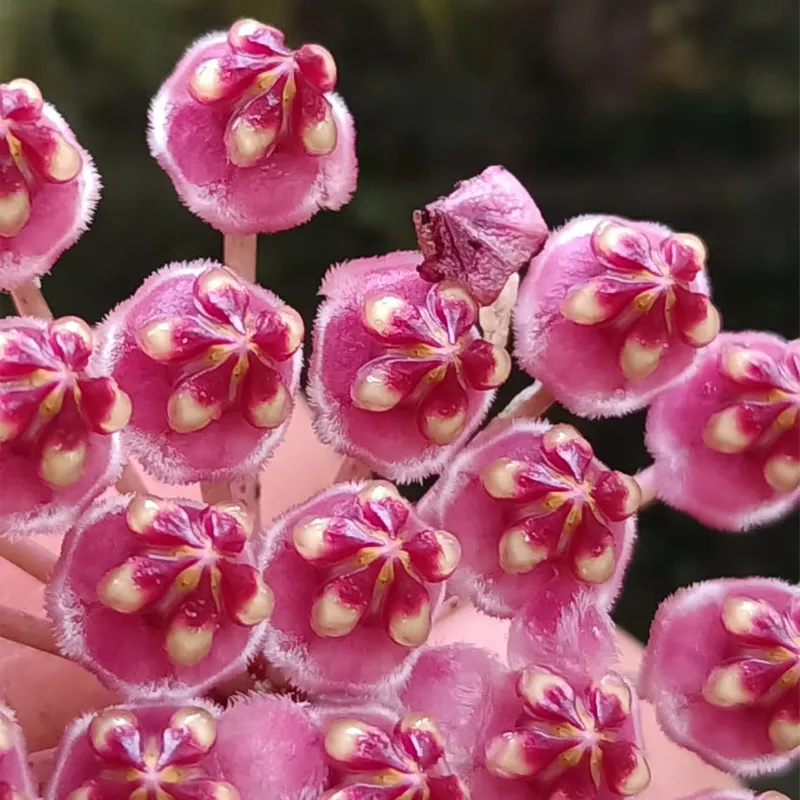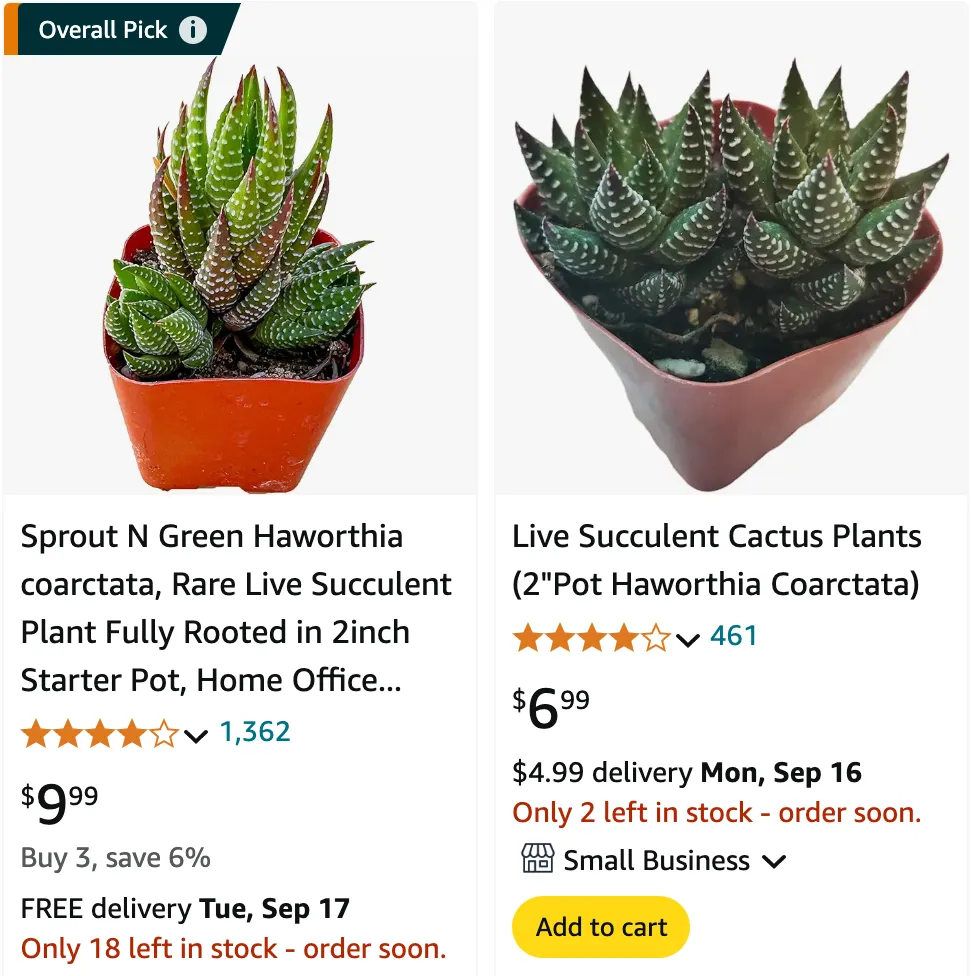
FAQs about Haworthia Coarctata
Haworthia Coarctata, a striking succulent native to South Africa, has intrigued many plant enthusiasts, including myself. With its unique rosette formation and compact growth habit, it’s no wonder this plant garners a lot of questions. Here’s a comprehensive guide to help you with everything you need to know about Haworthia Coarctata.
59 Species in Genus Haworthia
What is Haworthia Coarctata?
Haworthia Coarctata is a small, rosette-forming succulent known for its fleshy, dark green leaves with distinctive white tubercles. These tubercles give the plant a textured appearance. It’s a relatively low-maintenance plant, making it perfect for beginners and seasoned succulent collectors alike.
How to Care for Haworthia Coarctata?
Caring for Haworthia Coarctata is straightforward if you follow a few essential guidelines:
- Light: This plant thrives in bright, indirect light. Direct sunlight can cause its leaves to scorch, so it’s best to place it near a window with filtered light or under grow lights.
- Water: Overwatering is the most common mistake with succulents. Water Haworthia Coarctata only when the soil is completely dry. During the winter months, reduce watering as the plant’s growth slows down.
- Soil: Use a well-draining succulent mix. You can also add perlite or sand to regular potting soil to improve drainage.
- Temperature: It prefers temperatures between 60°F and 80°F (15°C to 27°C). Protect it from frost, as it is sensitive to cold temperatures.
- Humidity: Haworthia Coarctata does well in low to moderate humidity. Ensure good air circulation around the plant.
How to Propagate Haworthia Coarctata?
Propagating Haworthia Coarctata is quite simple:
- Offsets: The most common method is through offsets or pups that grow around the base of the plant. Gently separate these offsets from the main plant, ensuring they have some roots attached.
- Leaf Cuttings: While less common for this species, you can try propagating from leaf cuttings. Allow the cut leaf to dry for a day or two before placing it in a well-draining mix.
- Potting: Use a small pot with a succulent mix. Place the offset or leaf cutting in the soil and keep it in a warm, bright location until new growth appears.
Is Haworthia Coarctata Edible?
Haworthia Coarctata is not edible. While many succulents are safe for consumption, this particular species does not have known culinary or medicinal uses. It’s best admired as a decorative plant rather than a food source.
Why Does Haworthia Coarctata Open Up?
If you notice your Haworthia Coarctata opening up, it could be due to several reasons:
- Light Conditions: The plant may stretch or open up if it’s not receiving enough light. Ensure it gets adequate light but avoid direct sun exposure.
- Temperature Stress: Fluctuations in temperature or exposure to cold drafts can cause the plant to become less compact.
- Watering Issues: Both overwatering and underwatering can lead to changes in the plant’s appearance. Adjust your watering routine as needed.
Haworthia Coarctata vs Reinwardtii
Haworthia Coarctata and Haworthia Reinwardtii are often confused due to their similar appearance. Here’s how they differ:
- Haworthia Coarctata: This species has a more compact rosette and often features thicker, darker leaves with prominent white tubercles.
- Haworthia Reinwardtii: It tends to be more elongated with narrower leaves and has less pronounced tubercles. The rosette is also usually less dense.
Haworthia Coarctata vs Croatia
Comparing Haworthia Coarctata with Haworthia Croatia highlights a few distinctions:
- Haworthia Coarctata: Known for its dense rosette and pronounced tubercles, this plant has a more compact growth habit.
- Haworthia Croatia: This variety is often more spread out and has a looser rosette. It features different types of leaf patterns and can vary in color.
What to Plant With Haworthia Coarctata?
Haworthia Coarctata pairs well with other succulents and cacti. Consider grouping it with:
- Echeveria: Their contrasting shapes and colors complement each other beautifully.
- Sedum: Varieties like Sedum morganianum (Burro’s Tail) add a nice touch to a succulent arrangement.
- Aloe: Aloe plants share similar care requirements and make a good visual contrast.
Can You Grow Haworthia Coarctata Indoors?
Yes, Haworthia Coarctata is well-suited for indoor growth. It thrives in bright, indirect light and makes an excellent addition to any indoor plant collection. Ensure it gets enough light and proper drainage to keep it healthy.
Is Haworthia Coarctata Toxic?
Haworthia Coarctata is not known to be toxic to pets or humans. However, it’s always a good idea to keep plants out of reach of pets and children to prevent any potential issues.
Benefits of Growing Haworthia Coarctata
- Low Maintenance: Requires minimal care, making it ideal for busy individuals.
- Air Purification: Like many succulents, it helps improve indoor air quality.
- Aesthetic Appeal: Its unique texture and form make it a standout plant in any collection.
Common Problems with Haworthia Coarctata
- Overwatering: Leads to root rot and is the most common issue.
- Pest Infestations: Watch out for mealybugs and aphids, especially in humid conditions.
- Sunburn: Too much direct sunlight can damage the leaves.
In conclusion, Haworthia Coarctata is a delightful and resilient plant that can enhance any collection with its unique features and minimal care requirements. Understanding its needs and characteristics can help you keep it thriving and beautiful.
If i die, water my plants!
